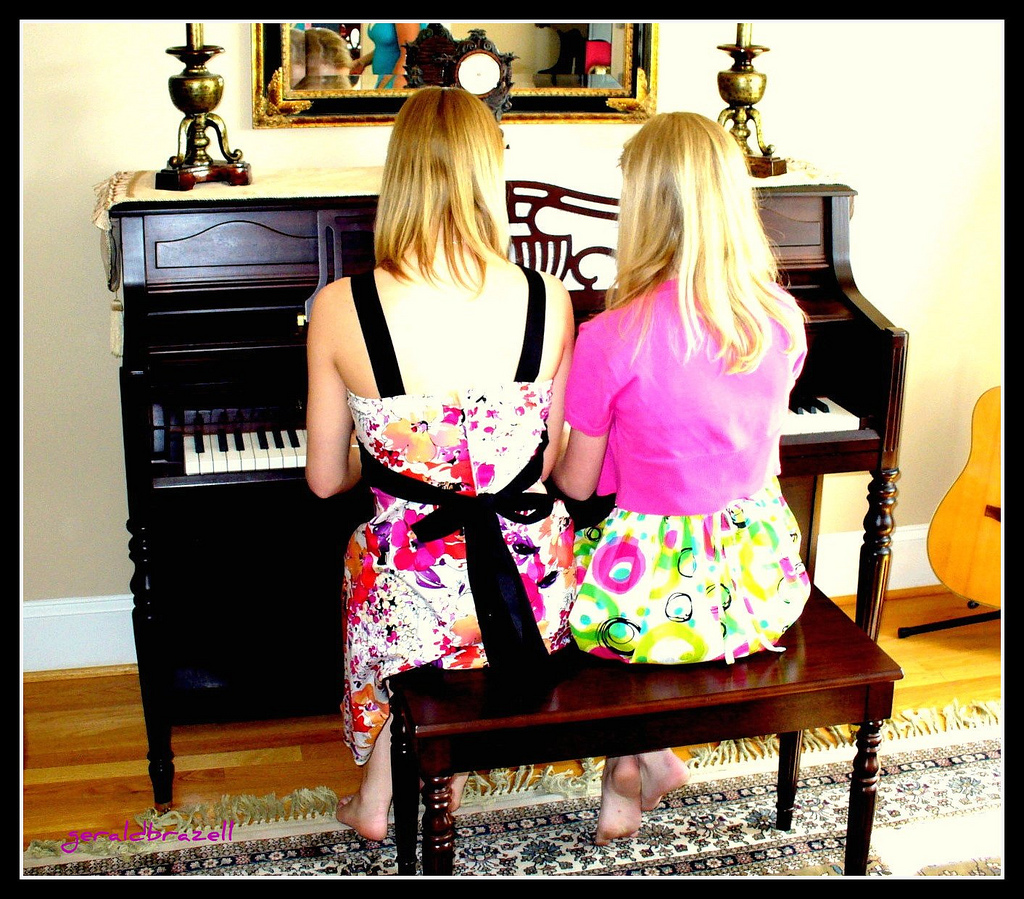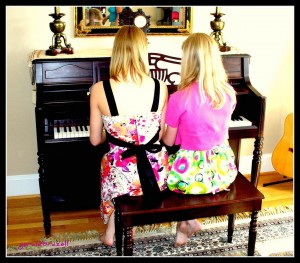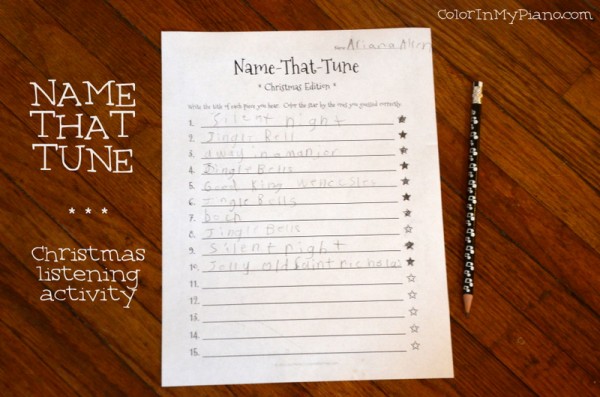I just got caught up with posting some new composer lapbooks to the Color In My Piano shop!
As you may recall, I teach a Music History Class for homeschoolers each week. I started creating my own music history curriculum after I was unable to find anything quite like I was looking for. I ended up using the lapbooking format for my curriculum, because it is a visual, interactive way to learn historical facts and information. It has been quite a success so far! I am constantly impressed with how much information my students are able to absorb each week.
 I call my curriculum The Great Composers & Their Music. Each $10 pdf download includes all the pages you will need to print for each student to create their own lapbook, as well as a printable biography booklet, and a few pages of extra information for the teacher. The license for this curriculum allows you to print as many pages as you like, as long as you are using the materials with your own students.
I call my curriculum The Great Composers & Their Music. Each $10 pdf download includes all the pages you will need to print for each student to create their own lapbook, as well as a printable biography booklet, and a few pages of extra information for the teacher. The license for this curriculum allows you to print as many pages as you like, as long as you are using the materials with your own students.
The curriculum is a pretty flexible. I teach each composer over three class periods, spending about 20-30 minutes out of the class on the lapbook. (We do other activities during the rest of the class time.) If you wish to use these lapbooks for a one-time class, you can probably cover the whole lesson in 60 minutes (or maybe 45 minutes if your students are junior high or older). A lot of it depends on how much time you devote to listening to excerpts of the composer’s music (a link to a YouTube playlist is provided).
Here is a peek at the 4 newest composers that have been added to the Color In My Piano shop! Continue reading “4 New Lapbooks Added to the Shop”


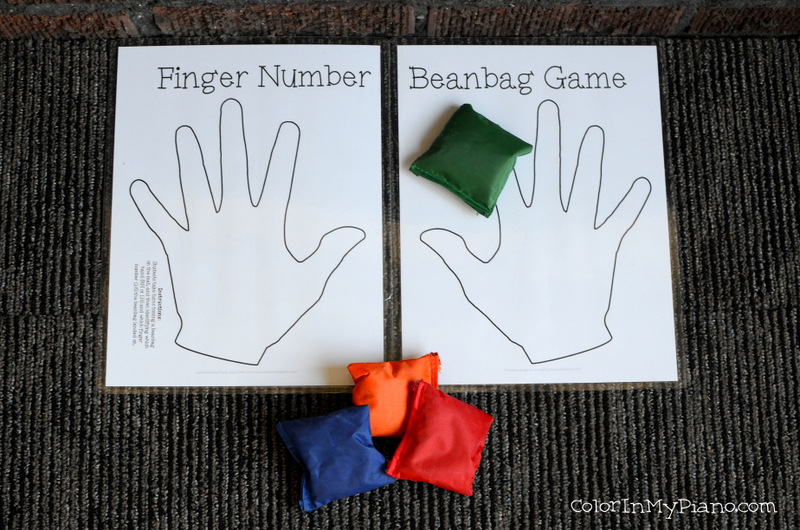
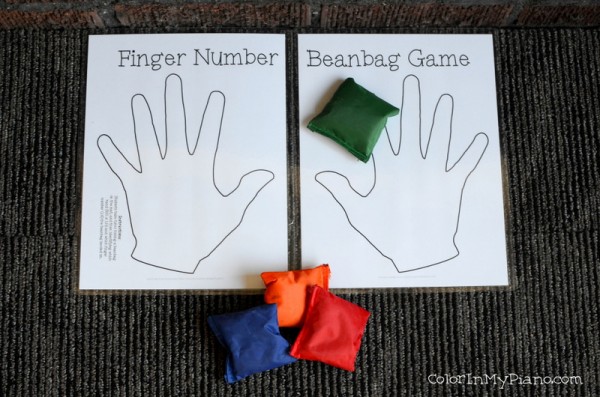

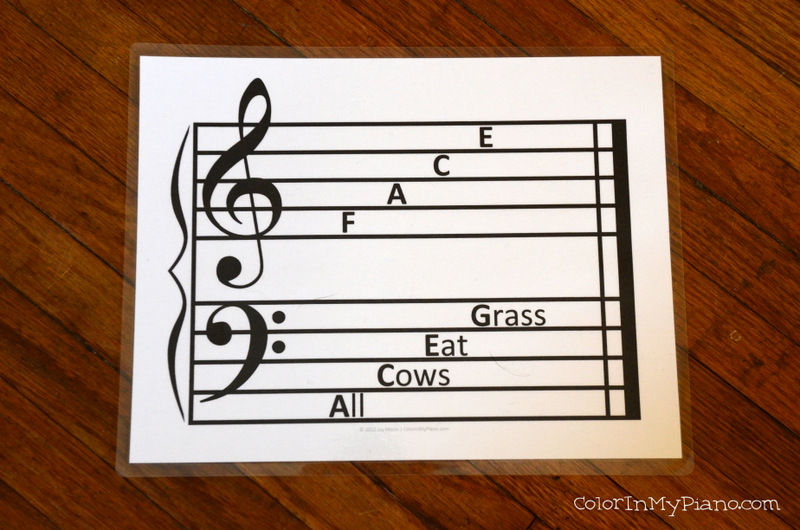
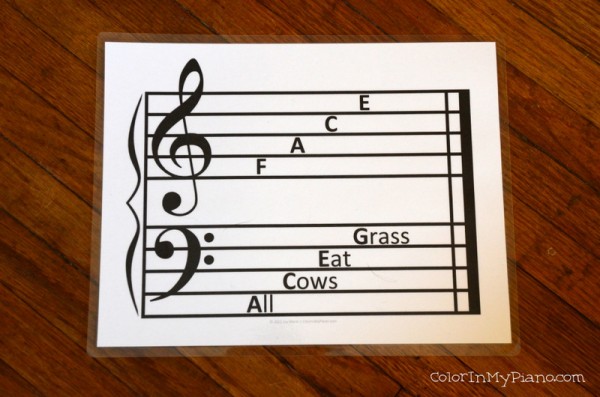


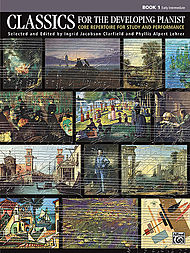
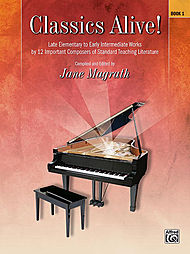
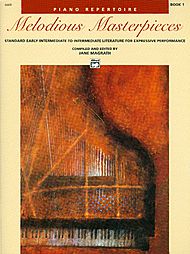

 When I was a 5-year-old beginner piano student, I remember being re-assigned one-/two-line method book pieces when the only thing lacking was dynamic contrast. And I remember being frustrated with this. My frustration was partly due to the fact that I was bored with the music I was playing; I wanted to be reading staff notation instead of pre-staff notation, as my mother taught me to do before she found me a piano teacher. Regardless, having to re-practice pieces that were already mastered, due to forgetting to drop from forte-piano to piano in one place was a hard thing for me to swallow.
When I was a 5-year-old beginner piano student, I remember being re-assigned one-/two-line method book pieces when the only thing lacking was dynamic contrast. And I remember being frustrated with this. My frustration was partly due to the fact that I was bored with the music I was playing; I wanted to be reading staff notation instead of pre-staff notation, as my mother taught me to do before she found me a piano teacher. Regardless, having to re-practice pieces that were already mastered, due to forgetting to drop from forte-piano to piano in one place was a hard thing for me to swallow.